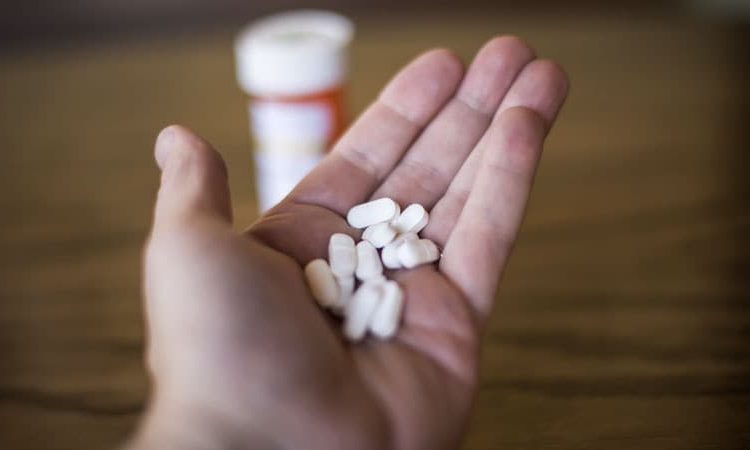Canada’s opioid and stimulant-related death rate has reached an all-time high, according to a statement from the Public Health Agency of Canada (PHAC).
The number of apparent opioid toxicity deaths increased by 96% in the first year of the pandemic (April 2020 to March 2021), compared with the previous year. According to government officials, the number of deaths increased from 3747 to 7362.
This toll increased further from March 2021 until the end of 2021, when it reached 7560, according to the latest government data. The COVID-19 pandemic and Canada’s overdose crisis have contributed to the increase.
“While the average number of opioid-related deaths per day was eight in 2016, this number more than doubled, reaching an all-time high of 21 per day in 2021,” said Theresa Tam, MD, Canada’s chief public health officer, and Jennifer Russell, MD, New Brunswick’s chief medical officer of health, in their joint statement. “The number of opioid-related hospitalizations also grew from 13 per day in 2016 to 17 per day in 2021.”
Grim Projections
In addition, projections from the PHAC suggest this trend could continue or worsen during the next 6 months. Using modeling scenarios involving various levels of toxic fentanyl and its analogues in the drug supply, and various success levels for interventions to prevent overdose deaths, the PHAC projects between 1400 and 2400 opioid-related deaths in each quarter of 2022.
Current data show that “the vast majority” of opioid-related deaths have been accidental. More than half have also involved a stimulant such as cocaine or methamphetamine, “underscoring the polysubstance nature of the overdose crisis,” noted the joint statement.
A new report published by the PHAC also suggests that homeless persons were overrepresented in substance-related deaths in 2016 and 2017, based on a national chart review study of coroner and medical examiner data from that period.
Addressing Root Causes
“That is why, in addition to providing access to treatment and harm reduction measures, we must look at root causes and broader conditions to prevent substance-related harms in the first place,” noted the joint statement.
Such efforts would include ensuring adequate and affordable housing, addressing the stigma associated with substance use, and understanding the associations between opioid medication, pain, and mental health conditions.
The advisory committee has previously highlighted “public health interventions like naloxone access and training, supervised consumption sites, and safer supply programs, as well as evidence-based treatments, like opioid agonist therapy” as invaluable tools in preventing overdose deaths.
Hollow Words?
While government messages about the opioid crisis “will feel hollow in the absence of real action,” they are important to “help build public support for policy changes that may otherwise not be politically popular,” Kevin Hollett, associate director of communications at the British Columbia Centre on Substance Use (BCCSU) in Vancouver, told Medscape.
BCCSU is an independent research centre affiliated with the University of British Columbia and contracted by the province to develop clinical care guidance related to substance use. The center also delivers training and education to addiction medicine clinicians.
“Recommendations from our team, which have been informed not only by scientific evidence, but also by people who use substances and communities impacted by substance use, have been clear about the actions that are needed: ending the criminalization of people who use certain substances; legally regulating drugs and supporting the expansion of access to a safer supply of drugs; and investing in a comprehensive substance use system of care as part of a national addiction-focused strategy,” said Hollett.
These recommendations were included in two reports that Health Canada’s 20-member Expert Task Force on Substance Use submitted to the federal minister of health last May. The task force included BCCSU’s executive director Cheyenne Johnson, MPH, RN, Hollett added. One of these reports included recommendations for decriminalizing simple possession of controlled substances, an action that has been adopted by the province of British Columbia, but thus far by no other provinces.
Kate Johnson is a Montreal-based freelance medical journalist who has been writing for more than 30 years about all areas of medicine.
For more news, follow Medscape on Facebook, Twitter, Instagram, YouTube, and LinkedIn
Source: Read Full Article
